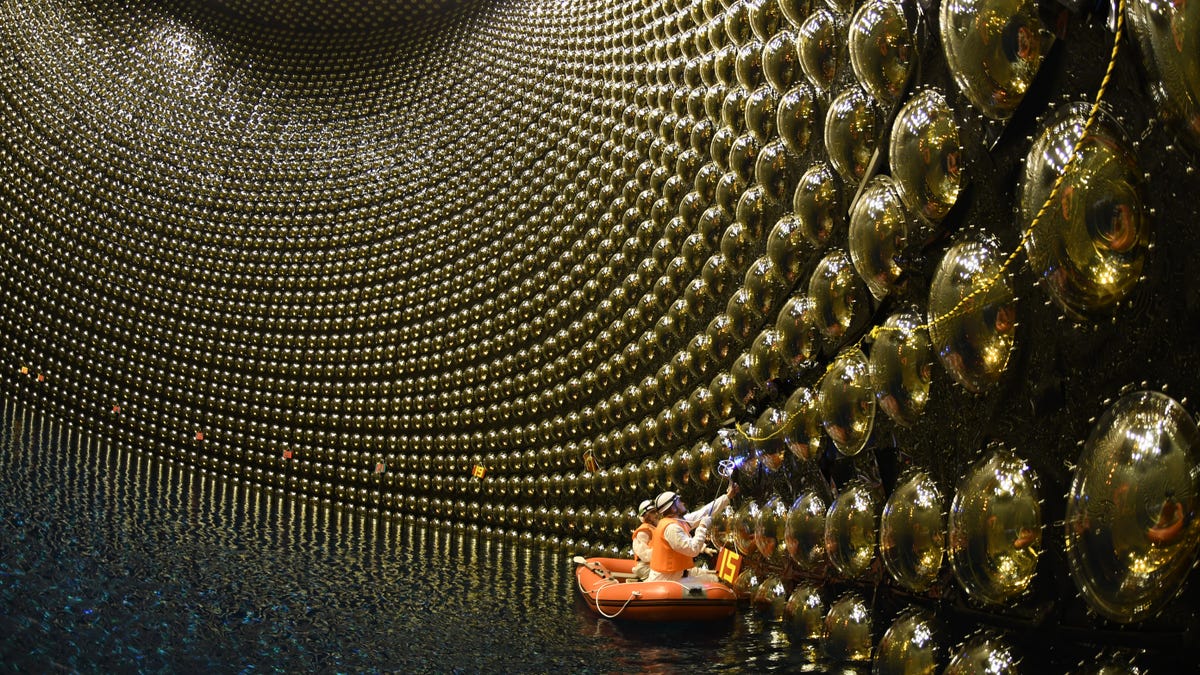Hunting the Ghost Particle
It came from deep space, moving at the speed of light, and crashed into Antarctica. Deep below the ice, it met its end. It wasn't an asteroid or alien spacecraft, but a particle that rarely interacts with matter, known as a neutrino.

Though theorized in the 1930s and first detected in the 1950s, neutrinos maintain a mysterious aura, and are often dubbed "ghost particles" -- they're not haunting or dangerous, but they just zip through the Earth without us even noticing them. Oh, "and it's a cool name," according to astrophysicist Clancy James at Curtin University in Western Australia.
In recent years, ghost particles have been making headlines for all sorts of reasons and not just because they have a cool name. That Antarctic collision was traced to a black hole that shredded a star, for instance, and other neutrinos seem to come via the sun. In early 2022, physicists were able to directly pin down the approximate mass of a neutrino -- a discovery that could help uncover new physics or break the rules of the Standard Model.
Imagine if we actually captured a ghost and could say the specter was of someone who had died. It would change everything we know about the universe. A ghost particle is pretty much a big deal for the same reason, and that's why astrophysicists are trying to trap them. They're excited, and here's why you should be, too.



